Mulch is often the unsung hero of most gardens. Bestowing contrast, texture, and character to its surroundings, the best mulch complements a landscape’s natural beauty. Capable of transforming landscapes from drab to fab, mulch gives homes and surrounding vegetation a much-needed sprucing while minimizing weeds, improving moisture retention, and reducing maintenance.
Additional benefits of mulching include nutrient enrichment, erosion control, improved soil temperature regulation, and enhanced plant health and disease prevention. However, the advantages of getting your hands dirty don’t stop there. A new study found that having a green thumb could keep cancer away and improve your quality of life. Scientists say gardening leads to eating more fibrous fruits and vegetables, exercising more, and building social connections. These positive elements of gardening can ease stress and anxiety and lower the risk of various illnesses, according to researchers from The University of Colorado Boulder. Further findings revealed how community gardening may also play an important role in preventing chronic diseases.
For many, mulching is more than keeping up with curb appeal, it’s therapeutic. In fact, a recent study found that gardening benefits our mental health. How so? Gardening has been found to lower stress, anxiety, and depression for people with existing medical conditions and challenges. The study included 32 women, all of which had a history of taking prescription medication for either depression or anxiety. Approximately half of the participants took part in a gardening class, meeting twice a week for eight weeks. Compared to the other group who took part in a similar art class, the gardening group reported less anxiety. Perhaps in the future, larger-scale studies will reveal more about how gardening is correlated with changes in our mental health.
If one thing is for certain, it’s that mulching helps any landscape and home look complete. Unfortunately, not all mulches are created equally. With several different types of mulch available, it can be challenging to find the one best suited for your needs. For these reasons, we’ve gathered a list of the best mulch to complement your garden. Don’t see your favorite material listed? Feel free to drop us a comment and let us know!
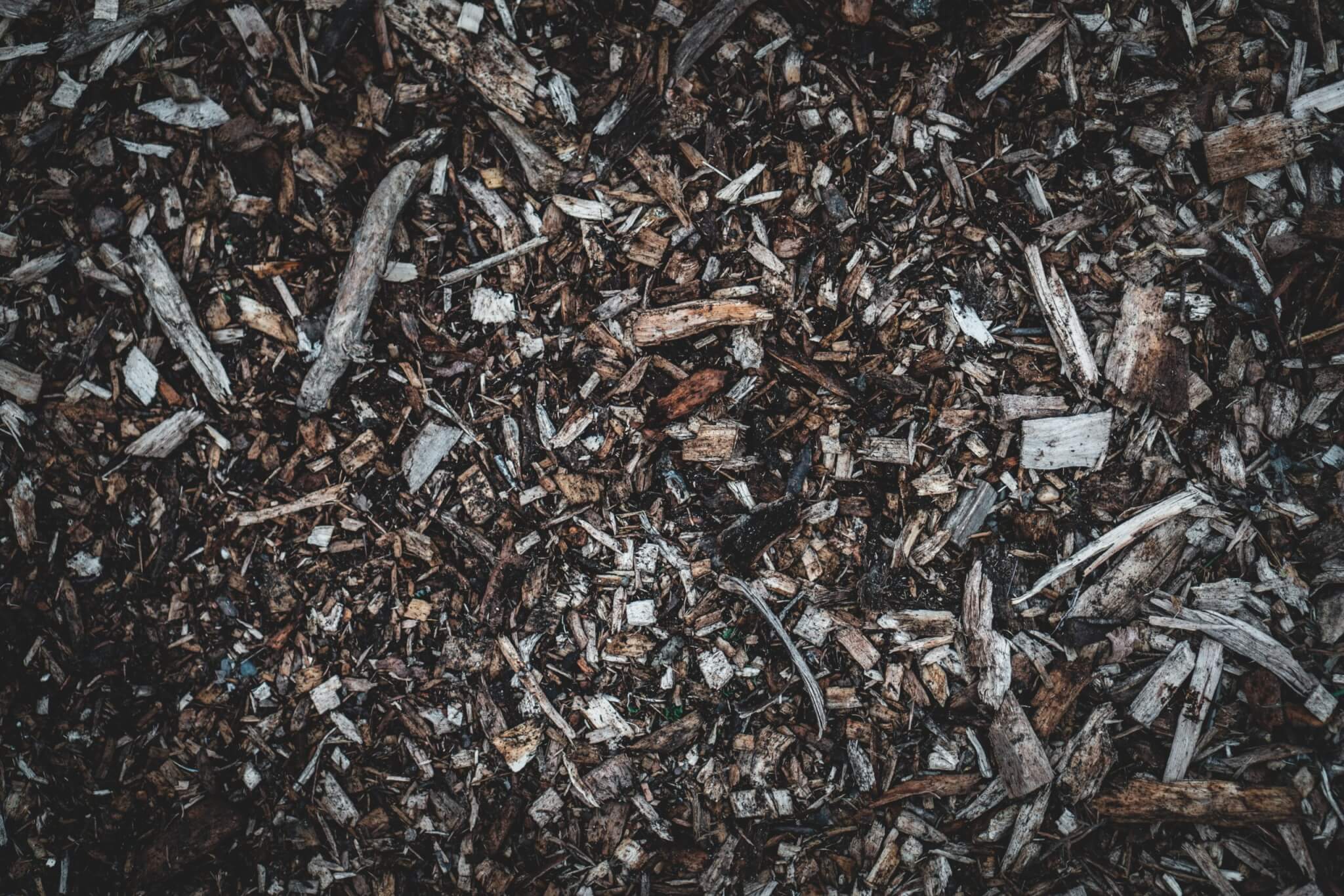
The List: Best Mulch, According to Gardening Pros
1. Straw
Straw is without question one of the best mulch types. From its biodegradable nature to outstanding weed suppression, straw is a popular choice among homeowners and gardeners. As Southern Living explains, “When you put it down, it stays in place.” But more than that, it provides excellent soil temperature regulation and is ideal for winter mulching to protect perennial plants. Best of all, “It doesn’t wash away, and it cools the soil.”
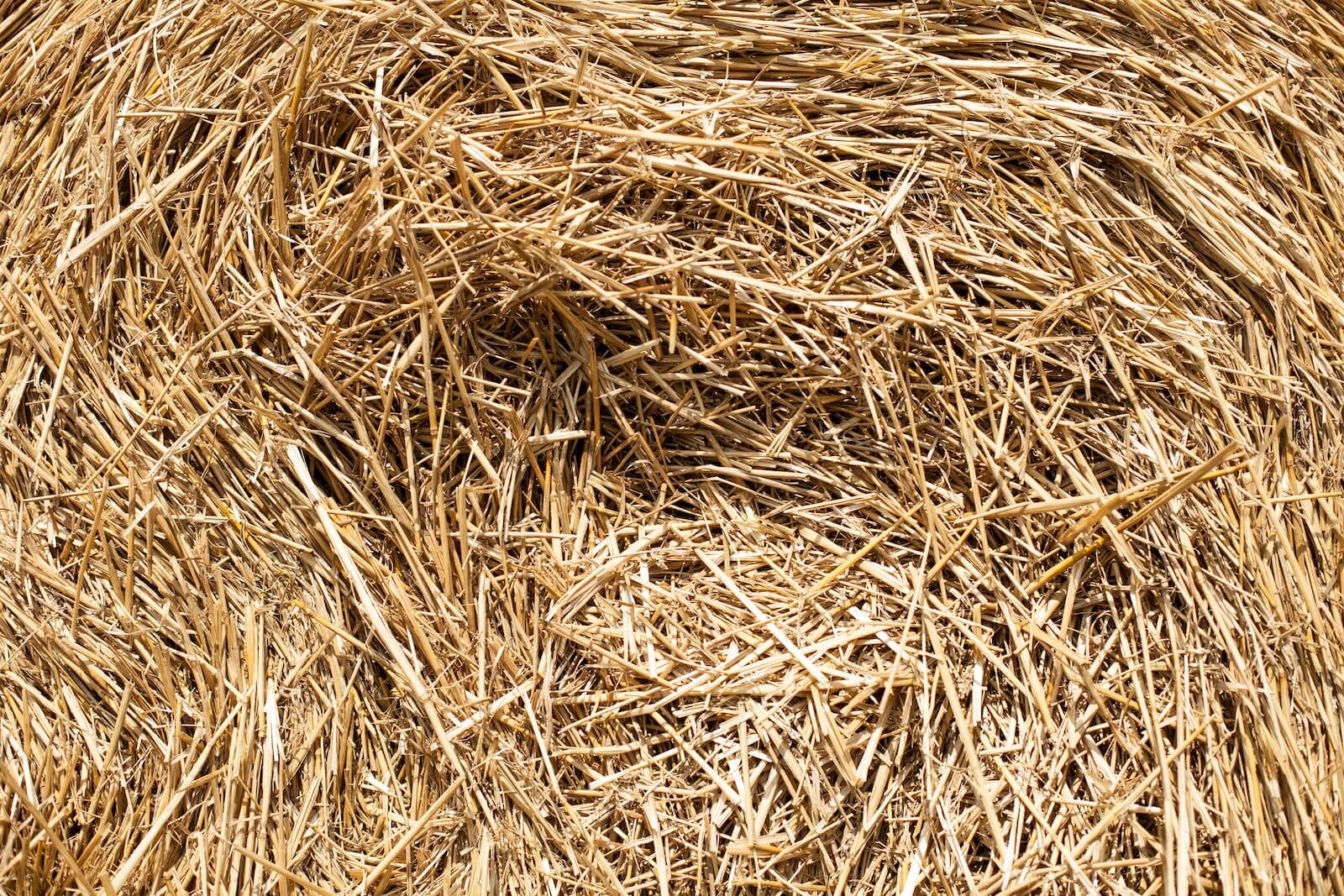
Straw acts as a natural temperature buffer, helping keep the underlying soil cool and nutrient-rich. In addition to mulching, straw is often used to insulate crops such as tomatoes, potatoes, squash, and more. In fact, “A thick layer of straw mulch is an excellent choice for vegetable gardens, annual beds, and newly seeded lawns,” says Lawn Love. Best of all, “it keeps soil moist and insulates soil in winter” which is why it’s a favorite among farmers.”
Although not suitable for extremely windy conditions, straw is a cost-effective mulch option that conserves moisture well, is easy to apply, and is sustainable. Perhaps that’s why it’s a top choice for maintaining healthy gardens and landscapes. Like Good Housekeeping states, “Not only does it look clean and crisp but it also helps prevent weeds.” Just make sure to avoid “piling it around vegetable stems or fruit tree trunks to prevent slug and rodent damage.”
2. Compost
One of the best mulches available is compost. It’s nutrient-dense and is renowned for creating flourishing gardens. Like Gardening says, “no list of top mulches would be complete without compost.” For best use, “spread compost about one to three inches around your garden beds.” Once in place, “the compost will naturally boost your plants’ ability to resist pests and diseases.”
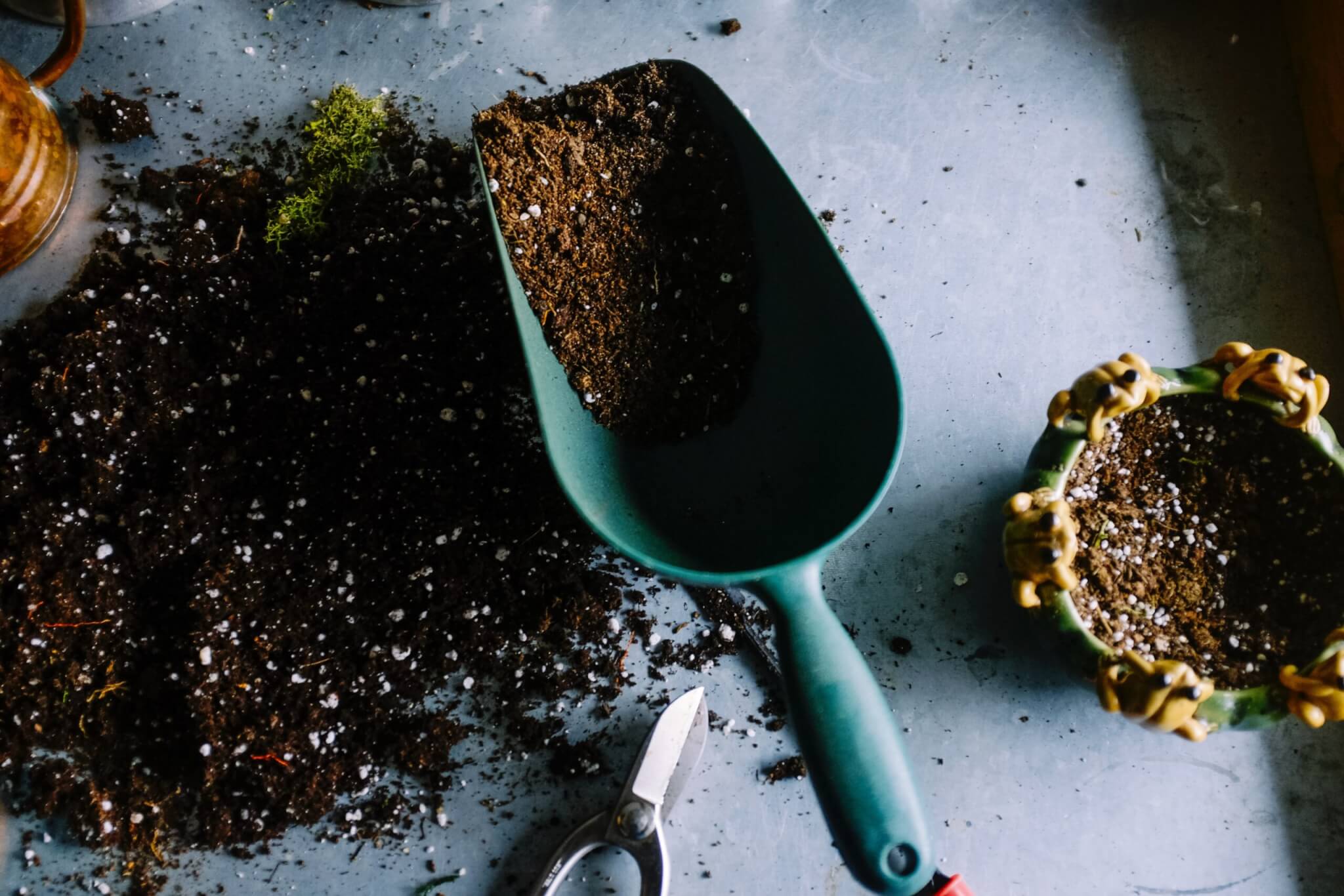
Compared to other fertilizers and mulches, compost slowly releases nutrients, which helps prevent nutrient leaching from surrounding vegetation. Additionally, compost can buffer soil pH, helping to keep plants cool in hot weather while better protecting roots. “It will enrich the soil and make plants happy,” claims Good Housekeeping. However, bear in mind that “it’s not a hospitable place for plant roots.”
Creating a vibrant and flourishing landscape is easier with compost. As an environmentally friendly mulch, compost supports biodiversity while reducing water runoff. Lawn Love says it best, “Compost is every gardener’s dream soil amendment.” Why? Because “it’s nutrient-rich and helps protect roots, insulates soil, and amends soil texture and quality.” In return, you get a “garden filled with healthy soil and flourishing plants.”
3. Pine Bark
Well-known for transforming landscapes into enchanting gardens, pine bark is durable and long-lasting. It provides excellent weed control and is naturally pest resistant. “It’s good for tender plants and emerging seedlings, while it’s easy to spread and work quickly,” claims Joe Gardener. As a mulch, “pine bark won’t rob nitrogen from your soil” and it “improves your soil as it breaks down.”
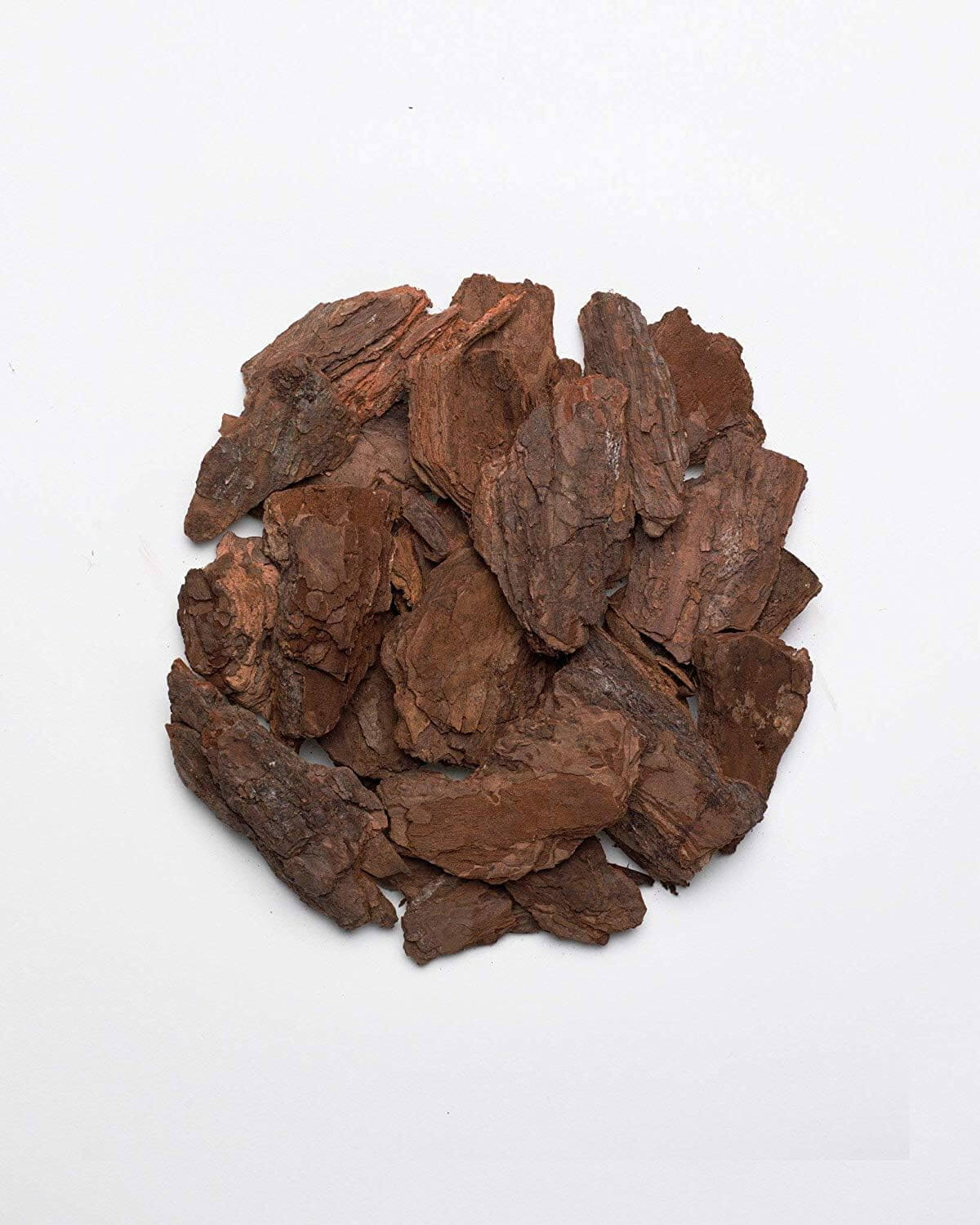
Sustainable, aesthetic, and soil-friendly, pine bark is an excellent mulch that prevents soil erosion. Additionally, it contributes to soil aeration by creating air pockets in the soil, helping improve nutrient absorption, and providing better drainage. Like New Garden raves, “It’s the best mulch, as it fits your needs both functionally and aesthetically.” However, “mulching isn’t just about making garden beds look pretty,” but also for its “ecological benefits to your landscape.”
Ideal for walkways and garden pathways, pine bark is a favorite among landscapers. And for good reason. “It works very well in landscapes, staying in place and not washing away,” mentions Southern Living. Overall, “it’s one of the best mulches for using in containers when you want to just top off that container to keep all the potting soil in there from splashing out.”
4. Rubber Mulch
Often sourced from used tires, this mulch is not only durable but also one of the longest-lasting mulches available. Like Home Depot says, “Rubber mulch is more permanent than wood mulch, although it does not improve soil structure.” However, it does “act as a weed barrier and reduces fungal growth.” Additionally, it’s “one of the best mulches for walking trails and playgrounds.”
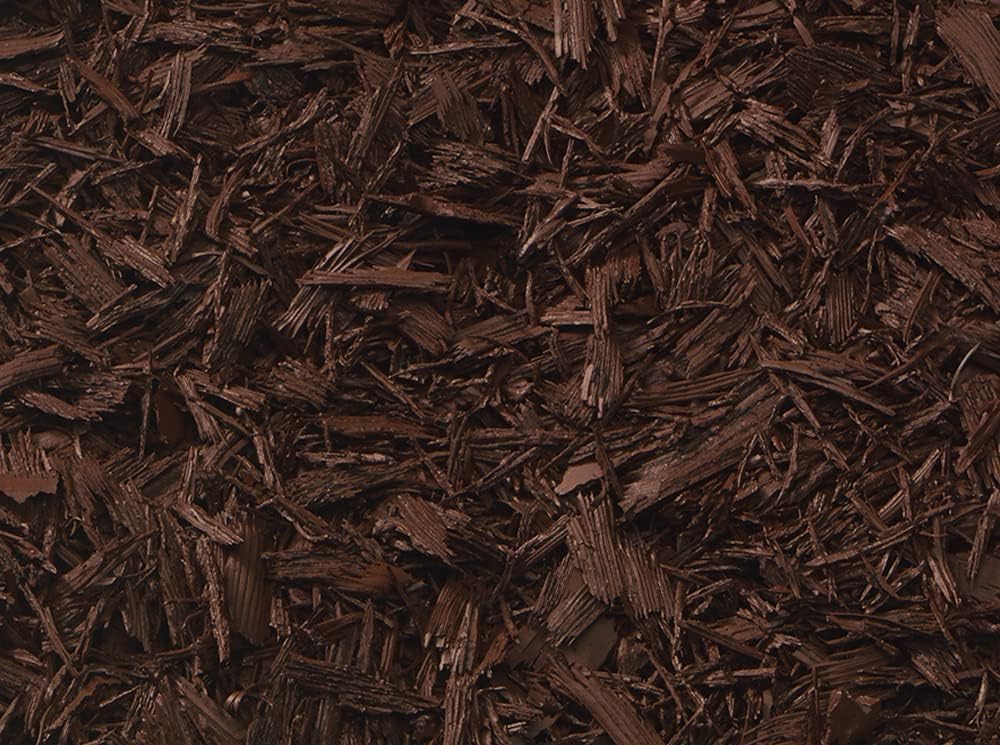
Rubber mulch was not the popular choice years ago. Only in recent years has rubber mulch gained popularity due to its utility, benefits, and non-toxic nature. As New Garden explains, “rubber mulch does not break down and can be considered nearly permanent.” To add, “the color remains stable for many years.” However, it should be noted, that “rubber much can have a disagreeable odor during installation that can persist for a little while.”
This material is beloved for its superior temperature regulation and low maintenance. Additionally, this mulch is perfect for individuals sensitive to allergies as it contains no allergens. As an investment, Home Advisor says, “The product can last for many years and stays put in rain and wind better than most mulch options. Considered “heavy to move,” rubber mulch is still a top mulching option for “areas where greenery is not the central focus.”
5. Pine Needles
Pine needles are an excellent mulching option as they are versatile and offer numerous landscaping benefits. For starters, pine needles provide impeccable moisture retention and naturally improve soil structure. Like New Garden writes, “Pine needles provide a natural look, are very popular, and naturally acidic, so they break down.” In many cases, “pine needles can be harvested from the floor of pine forests” and as they “age they turn a silver-gray.”
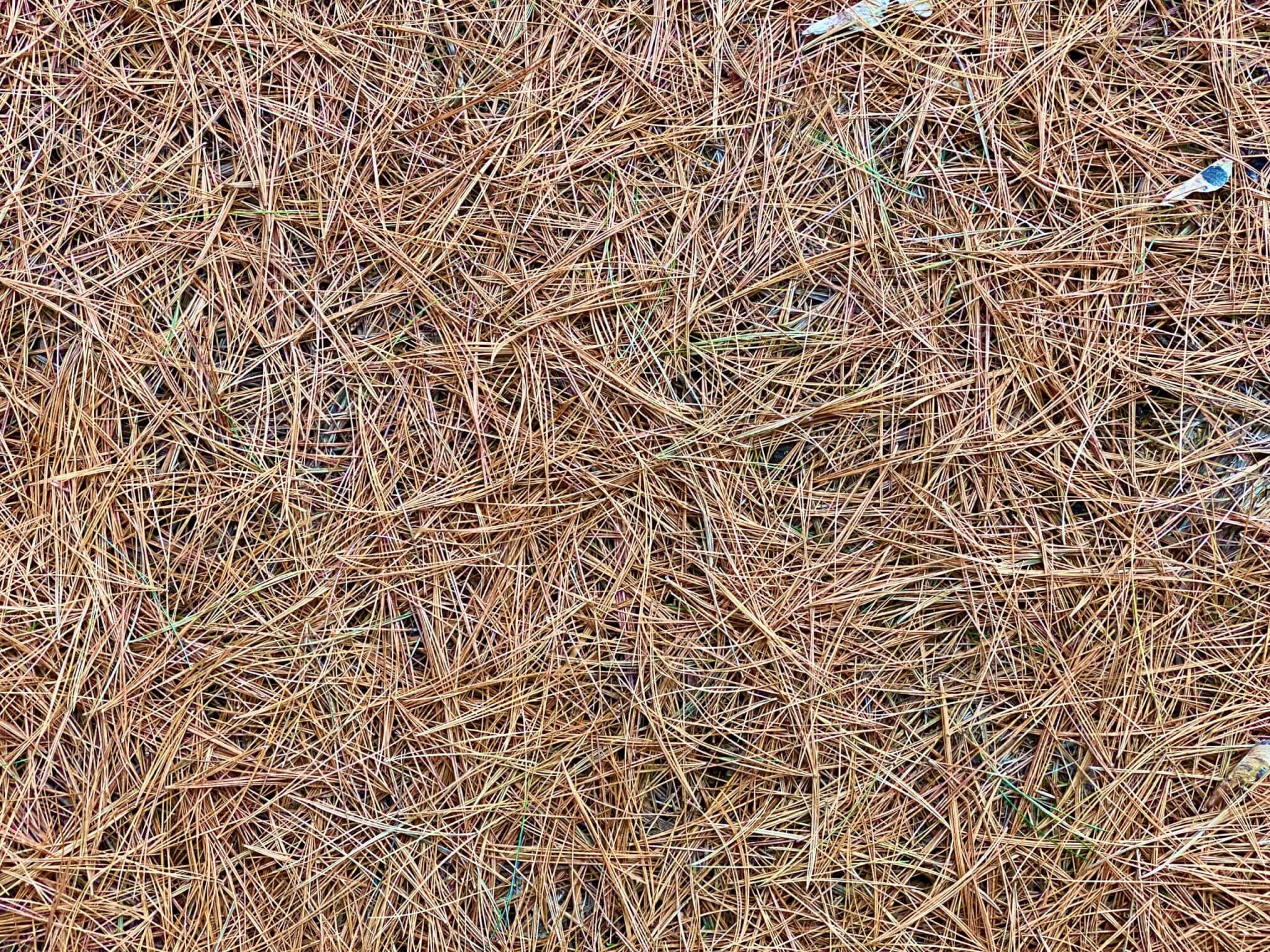
If you’re into growing acid-loving plants like blueberries, rhododendrons, and azaleas, then pine needles are the best mulch for you. They are easy to apply, naturally pest resistant, and require minimum maintenance, which is always a plus. Best of all, “Pine needle mulch is a sustainable mulch solution and is very attractive in ornamental beds,” mentions Gardening. On top of being “inexpensive,” pine needles “don’t require trees to be cut down like other forms of mulch” and are easy to apply across landscapes.
The natural beauty, compatibility, and sustainability of pine needles make them a perfect mulch. From decomposing into beneficial microbes in the soil to tightening curb appeal, pine needles are a favorite mulching choice for many, and for good reason. “In the Southwestern United States, pine needle mulch is one of the most popular mulches,” states Home Depot. Although they are not recommended as mulch in dry climates “due to wildfire risk,” pine needles are still excellent “for insulating plant roots from extreme temperatures” and only need to be “replaced every five years or so.”
You might also be interested in:
- Best Plant Fertilizer
- Best Garden Hoses
- Best Garden Flowers
- Best Gardening Tools
- Best Gardening Gloves
Sources:
- Gardening
- Lawn Love
- New Garden
- Home Depot
- Joe Gardener
- Home Advisor
- Southern Living
- Good Housekeeping
Note: This article was not paid for nor sponsored. StudyFinds is not connected to nor partnered with any of the brands mentioned and receives no compensation for its recommendations.
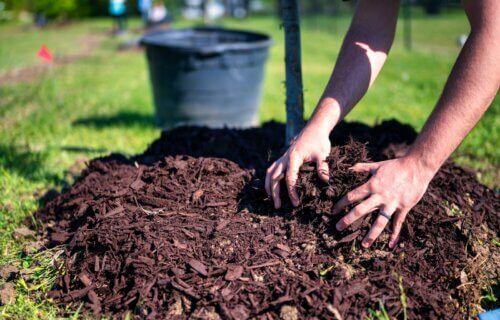
I use oak leaf mulch. It is free and can be used whole or after the lawn mower has cut it up.